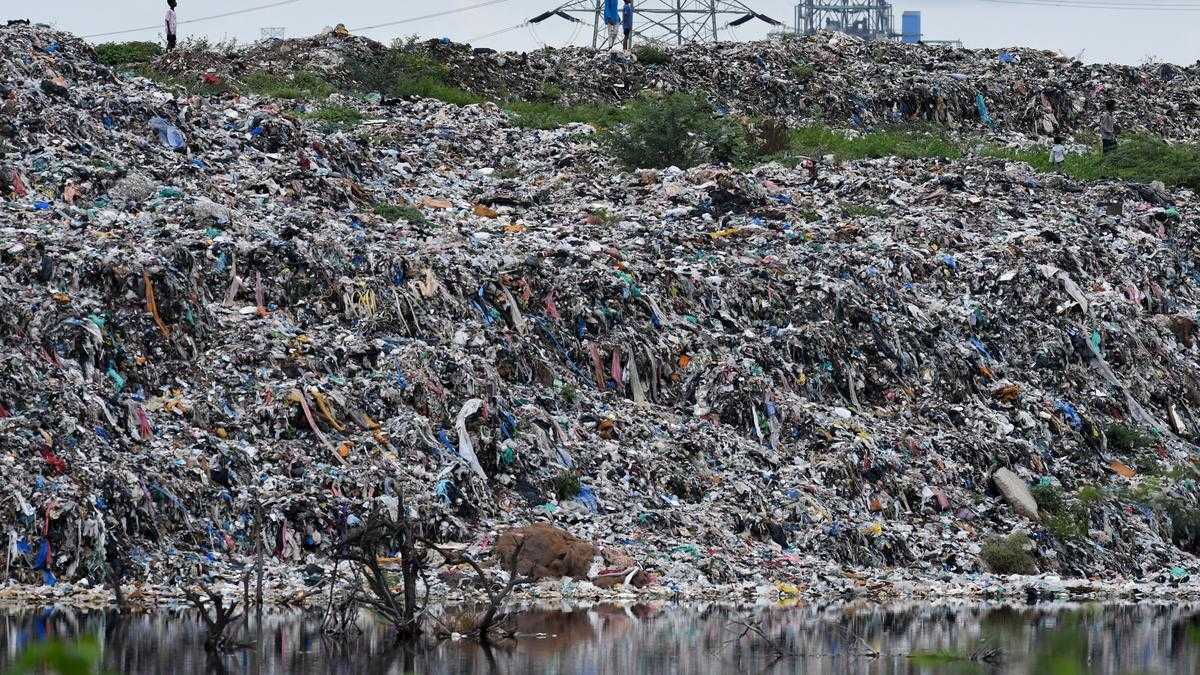Taking health into consideration, is garbage incineration the way forward to tackle waste?
Waste-to-energy incineration, as proposed by the T.N. government, will be disastrous for Chennai’s health and climate
A recent investigative report by the New York Times on Delhi’s Waste-To-Energy (WTE) incinerators, analysed 150 air and soil samples gathered over a five-year period, from 2019 to 2023. The lead and arsenic-laced smoke and ash that contained as many as eight times the permissible levels of heavy metals such as cadmium has been a damning indictment of the capital’s WTE scene. In the capital city where people are already struggling to breathe, the impact of such actions can best be described as disastrous.
In June 2024, the Tamil Nadu government released the first Climate Action Plan for Chennai (CCAP) charting out pathways to achieve carbon neutrality in the city by 2050, which is two decades ahead of the national vision. The report rightly points out that improper management of Municipal Solid Waste (MSW) is the third biggest contributor to carbon emissions in the city. Therefore, the proposal to set up a Waste-to Energy (WTE) plant in Kodungaiyur (in Chennai) to burn about 2,100 tons of garbage per day, on the hooves of these analyses and recommendations, comes as something of a disappointment, even shock.

